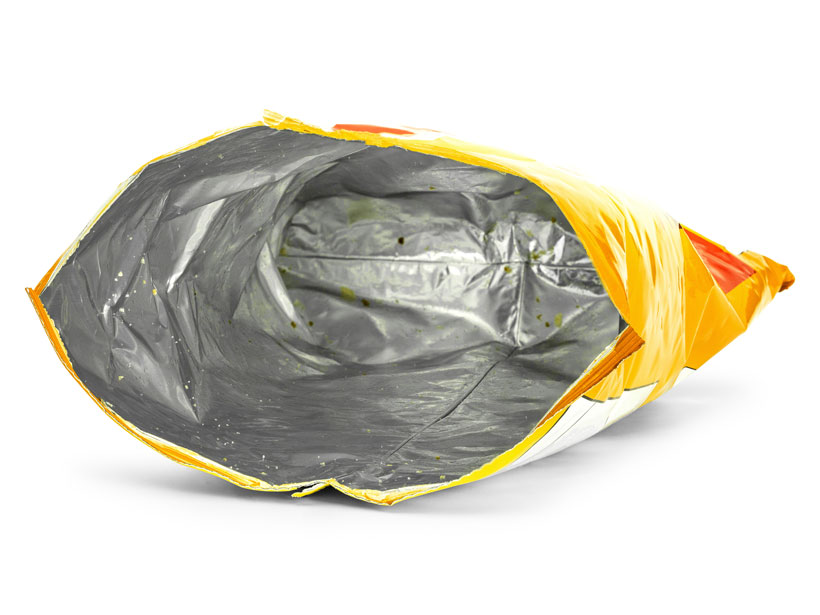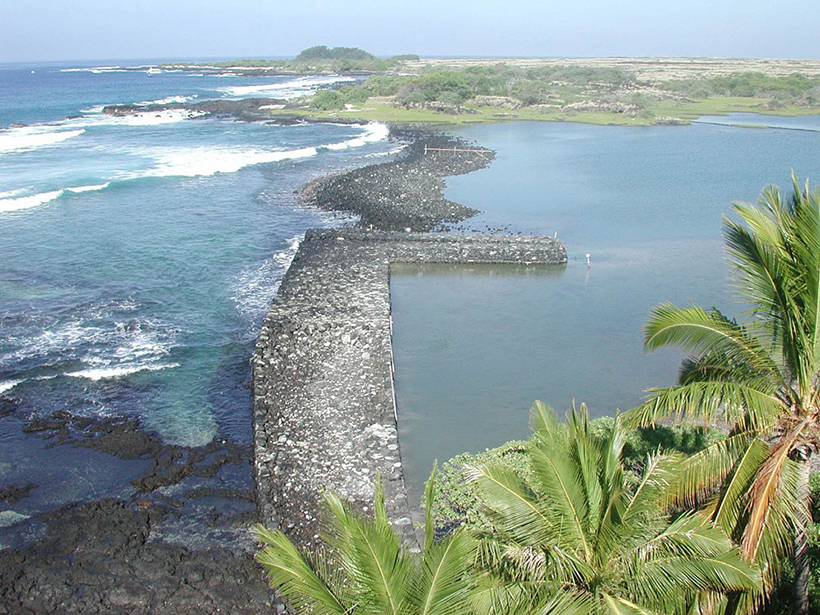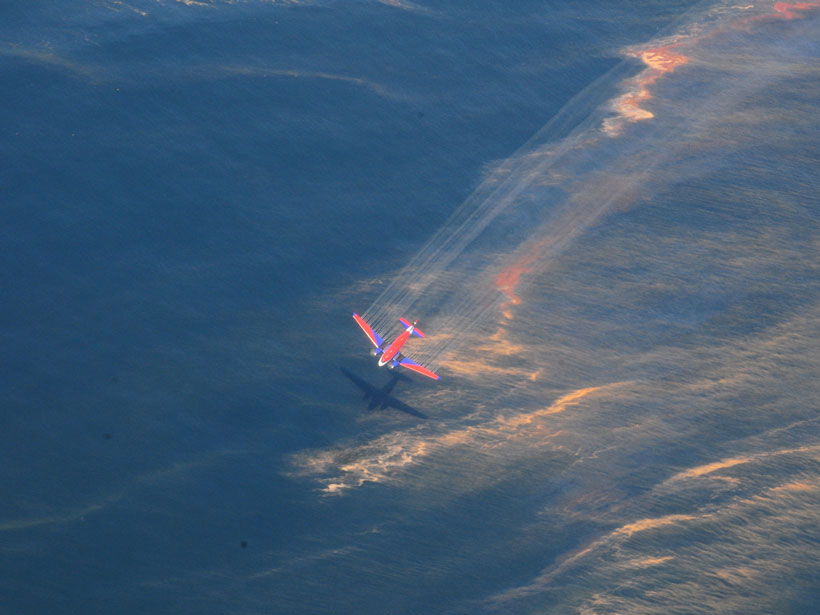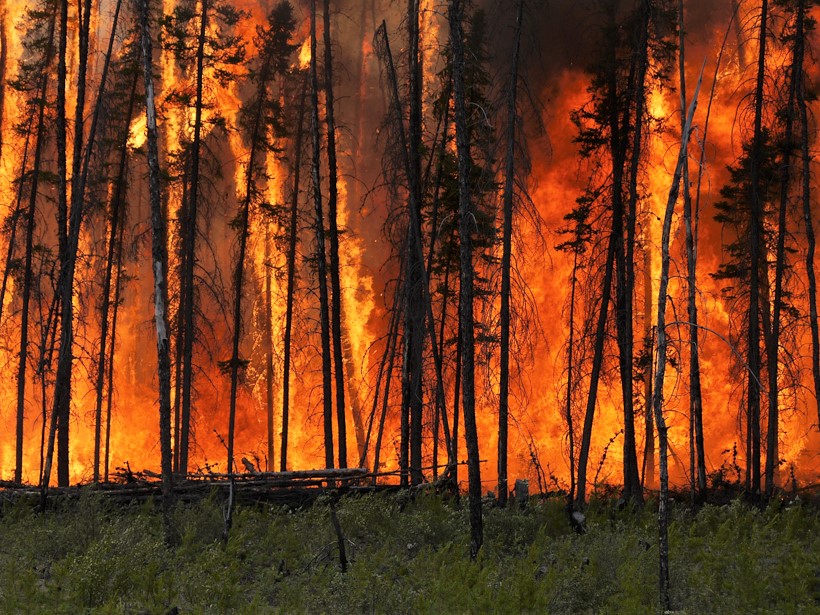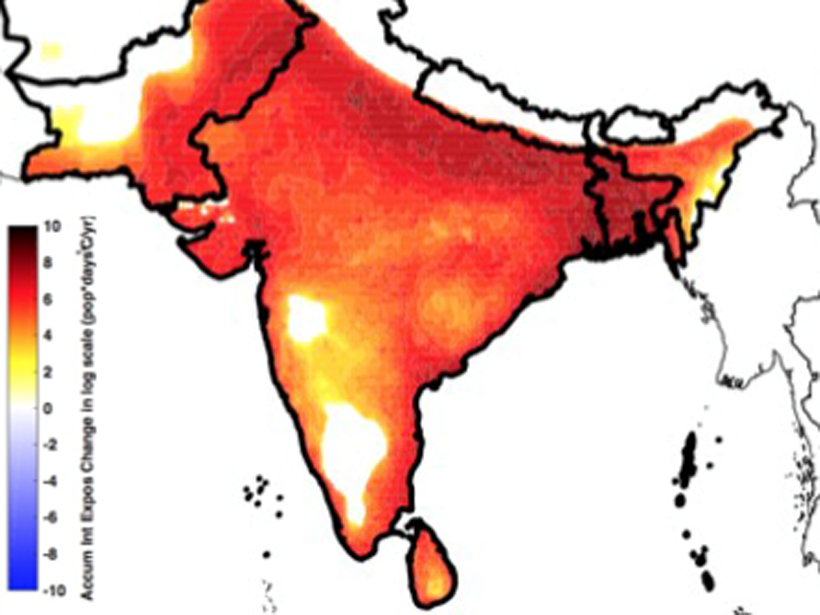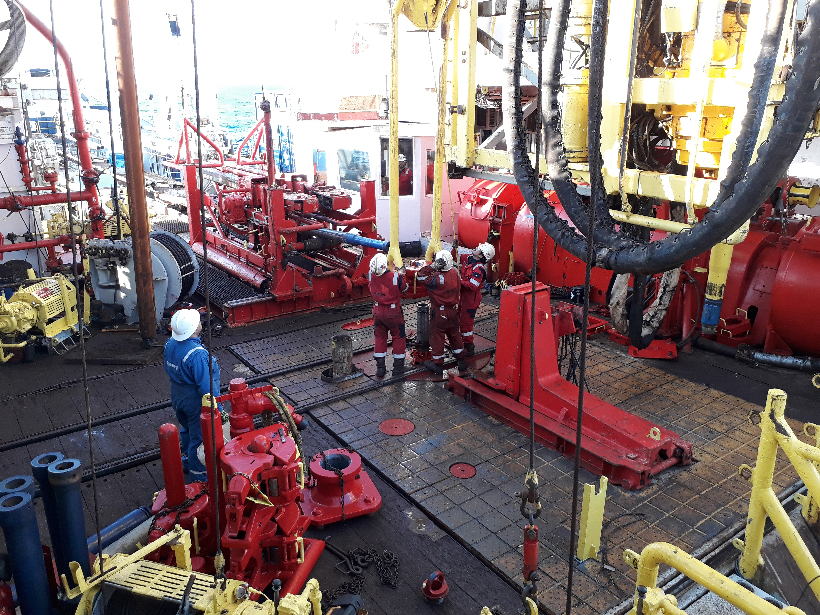Waveform‐based location methods are being used to better characterize and understand seismic sources from the laboratory to the global scale.
CC BY-NC-ND 2020
Tear, Don’t Cut, to Reduce Microplastics
Laboratory experiments reveal the numbers and types of microplastics produced by tearing, scissoring, and cutting everyday items.
Groundwater Is the “Hidden Connection” Between Land and Sea
The importance of fresh groundwater to coastal ecosystems is revealed using the first computer model at a global scale.
La Contaminación del Aire Puede Empeorar la Tasa de Mortalidad por COVID-19
Científicos descubren que condados altamente contaminados en los Estados Unidos tendrán una tasa de mortalidad por COVID19 4.5 veces más grande que aquellos condados similares.
Why Sunlight Matters for Marine Oil Spills
A decade of research since the Deepwater Horizon disaster has revealed how sunlight—its importance long understated in oil spill science—substantially alters petroleum floating at the sea surface.
New Special Collection: Fire in the Earth System
Papers are invited for a new cross-journal special collection presenting advances in understanding the physical and biogeochemical processes associated with landscape fires and their impacts.
The Massive Ice Avalanches of Mars
Ice avalanches may have traveled at speeds of up to 80 meters per second.
Bringing Earthquake Education to Schools in Nepal
The Seismology at School in Nepal program aims to prepare rural communities for the next big earthquake.
Health Concerns from Combined Heat and Pollution in South Asia
Little research has studied the impacts of combined climate conditions. Together, heat events and poor air quality in South Asia amplify the imminent health challenge.
Getting to the Bottom of Slow-Motion Earthquakes
For close to 20 years, slow-motion earthquakes have been an enigma. Core samples provide new clues to their origins.


